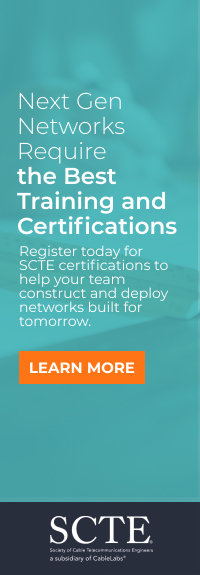Robots, Relationships, and the Real Fix
for America’s Labor Crunch
Companies facing labor shortages need to consider integrating robotics as a critical component of their workforce strategy. Starting with a single robot deployment allows businesses to evaluate effectiveness, address employee concerns proactively, and build internal expertise.
The Path Forward: Integrating
Humanoid Assistants
Future advancements in mobility, vision systems, and artificial intelligence promise even more versatile robotic applications. Humanoid robots, capable of navigating stairs, manipulating objects, and performing tasks previously inaccessible to wheeled robots, are approaching commercial viability. These robots won’t replace workers; instead, they’ll fill roles that have remained chronically unstaffed. This evolution of robotics represents the next significant step in closing the labor gap, offering flexible solutions to businesses grappling with persistent staff shortages. The transformative potential of humanoid assistants lies in their ability to adapt to human-centric environments seamlessly. Early pilot tests indicate their effectiveness in inventory management, product restocking, and routine maintenance inspections. As these robots become commonplace, we anticipate further job evolution, with staff transitioning into supervisory such as “fleet managers” and analytical roles.
Detailed Case Studies and Industry Impact
In-depth examples illustrate the tangible positive impacts of robotics integration. One prominent hotel chain adopted robotic solutions for room service delivery, leading to reduced wait times, increased customer satisfaction, and staff focus more on guest experience. Similarly, a primary logistics provider reported efficiency improvements and error reductions after integrating robotic sorting systems, allowing human workers to concentrate on quality control and customer service.
Healthcare organizations utilizing robotics for medication distribution have seen dramatic improvements in accuracy and speed, significantly enhancing patient care and reducing staff workload. For example, a regional hospital in Texas reduced medication delivery times by 35 percent while freeing up over 800 hours of nurse time per month.
One hotel chain that operates across five states recently deployed over 15 autonomous vacuum cleaners in their buildings. The result? Fewer injuries, improved floor cleaning scores, and more predictable cleaning routines, all while reducing costs tied to overnight shifts and high turnover. The ROI showed up in less than 90 days.
Actionable Steps for Enterprise Leaders
Companies facing labor shortages need to consider integrating robotics as a critical component of their workforce strategy. Starting with a single robot deployment allows businesses to evaluate effectiveness, address employee concerns proactively, and build internal expertise. Encouraging employee participation in deciding what tasks to automate can further streamline the adoption process, facilitating buy-in and fostering a collaborative approach to automation.
More importantly, leaders should look beyond cost savings and consider strategic value: How can robots increase resiliency? How can automation help attract better talent by making jobs more desirable? Progressive enterprises are already asking these kinds of questions.
With labor shortages expected to persist and robotics innovation continuing to accelerate, the future workplace will inevitably become a partnership between humans and machines. Robotics doesn’t diminish the human workforce; it enhances it. The businesses that recognize and embrace this partnership today are those most likely to thrive tomorrow.



















